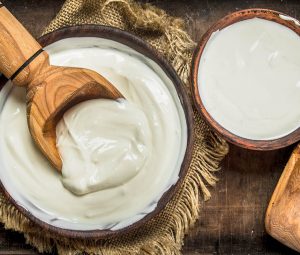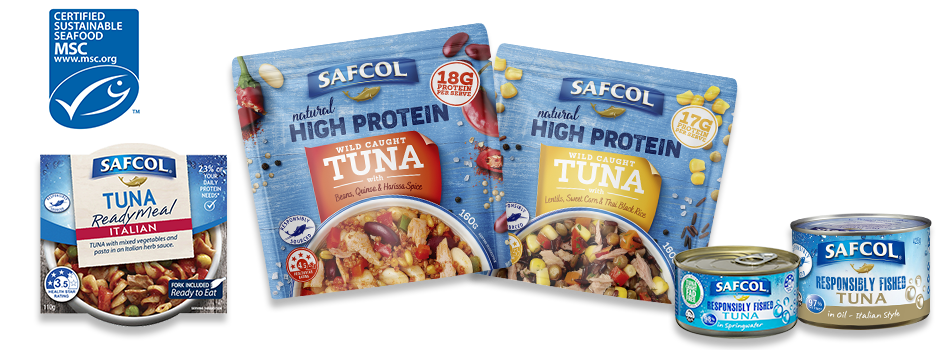Synbiotics for Better Calcium Absorption
Posted on : November 1, 2022
by Ashleigh Feltham
Accredited Practising Dietitian and Accredited Nutritionist
 Meals contain infinite permutations of types of food that complement each other for better taste and texture. Nutrients interact to bring greater nutrition through cooperative absorption of vitamins and minerals. Similarly, this also occurs in a healthy gut microbiome.
Meals contain infinite permutations of types of food that complement each other for better taste and texture. Nutrients interact to bring greater nutrition through cooperative absorption of vitamins and minerals. Similarly, this also occurs in a healthy gut microbiome.
The gut microbiome optimises immune system function and organ health. It influences how nutrients are absorbed from the gut into the body. This includes the mineral calcium.
Health-promoting microbes require fuel to stay alive. This fuel includes prebiotic fibre such as inulin, which is a type of fibre the body does not digest. Adults need 25-38g of dietary fibre each day. Over 70% of adults and 50% of children are not meeting their recommended dietary fibre recommendations.
Probiotics are live microorganisms, and alongside prebiotics, they are essential for a healthy gut microbiome. There are different strains of probiotics and there is no single ‘best strain’, but we do know that a variety of probiotics promotes good health and wellness. Include two serves of probiotic-rich foods and drinks a day, like yoghurt, miso, tempeh, sauerkraut, kimchi and kombucha.
The combination of prebiotics and probiotics in the same food is called a synbiotic interaction. Synbiotics are a double win for the health of your gut microbiome.
A recent crossover study on 30 women investigated the effects of synbiotics on the bioavailability of calcium. For three weeks, each woman consumed 185mL of a synbiotic mixture, which included four grams of inulin and yoghurt containing the strain Lactobacillus rhamnosus GG. For a further three weeks, each woman consumed a control yoghurt without the synbiotic mixture.
At the beginning of the study, the regular eating pattern of each woman was recorded. Bone mineral density, calcium biomarkers and vitamin D levels were measured. Calcium absorption was determined after the first three weeks of taking the synbiotic yoghurt, and then three weeks after taking the control yoghurt.
The results showed greater calcium absorption after three weeks of consuming synbiotic yoghurt than the control yoghurt. This research provides insight into the potential use of synbiotics to promote greater calcium bioavailability in the body.
Take home message
Including synbiotic foods and drinks provides additional health benefits to your body through enhancing calcium bioavailability. Pairing prebiotic and probiotic-rich foods together in a single meal or snack is a great way to create your own synbiotic combination for better gut health and calcium absorption.
References:
- Hill, C., Guarner, F., Reid, G. et al. The International Scientific Association for Probiotics and Prebiotics consensus statement on the scope and appropriate use of the term probiotic. Nat Rev Gastroenterol Hepatol 11, 506–514 (2014).
- Rafael Cornes, Celia Sintes, Amparo Peña, Santiago Albin, Kimberly O O’Brien, Steven A Abrams, Carmen Marino Donangelo, Daily Intake of a Functional Synbiotic Yogurt Increases Calcium Absorption in Young Adult Women, The Journal of Nutrition, 2022;, nxac088,
- Fayet-Moore F, Cassettari T, Tuck K, McConnell A, Petocz P. Dietary Fibre Intake in Australia. Paper I: Associations with Demographic, Socio-Economic, and Anthropometric Factors. Nutrients. 2018;10(5):599. Published 2018 May 11. doi:10.3390/nu10050599





